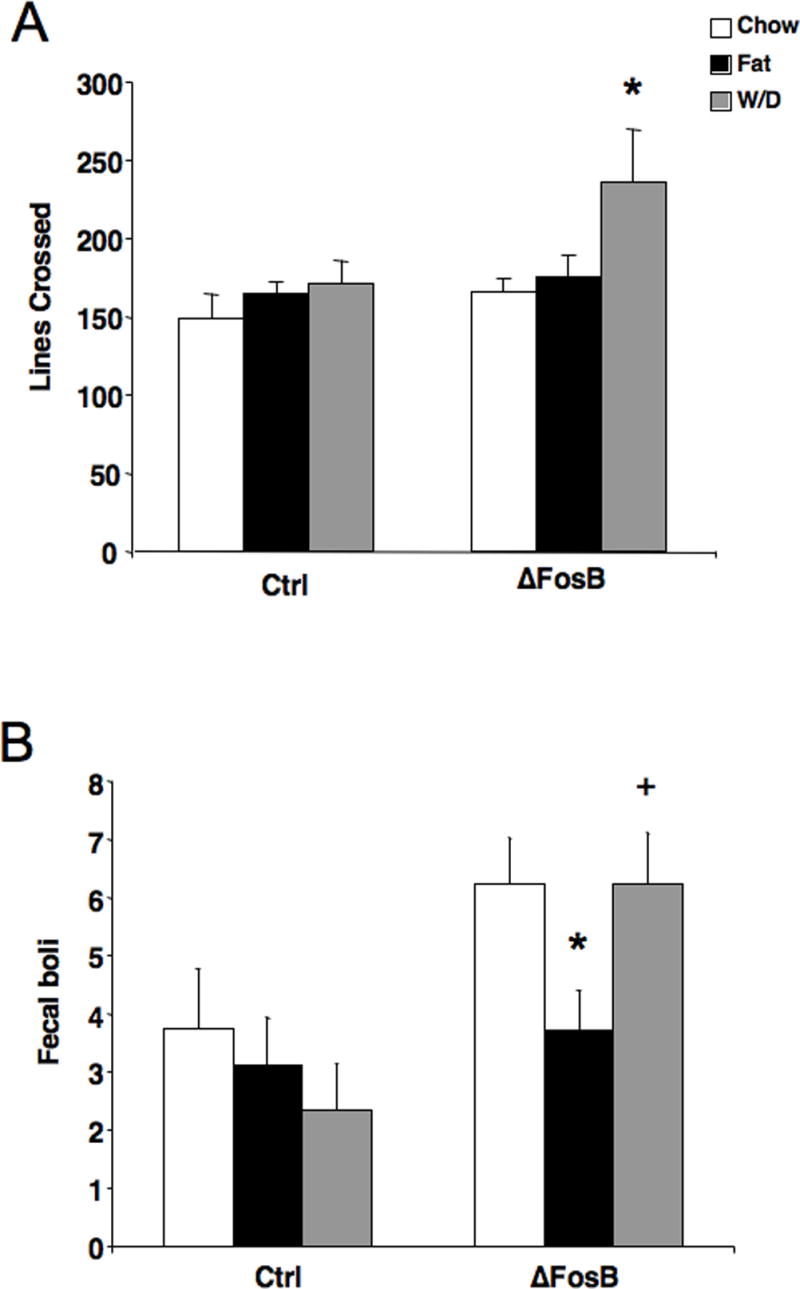Figure 7. Mice over-expressing ΔFosB were more sensitive to the effects of high fat diet (HF) withdrawal.

(A) Twenty-fours hours following HF withdrawal, there were main effects of both diet status (P < 0.05) and ΔFosB expression (P < 0.05) on arousal in a novel environment, as measured by total line crosses in an open field arena. Mice withdrawn from HF (W/D) were significantly more active than mice maintained on chow (P < 0.05) and tended to be more active than mice maintained on HF (P < 0.15). This difference was driven primarily by differences within the ΔFosB mice, which were more active overall than control mice (Ctrl). (B) ΔFosB mice produced more fecal boli in the novel environment than controls (P < 0.01), a difference driven primarily by the chow and withdrawal groups, as a measure of anxiety-like behavior. *Significantly different from other ΔFosB diet groups, +significantly different from control W/D.
